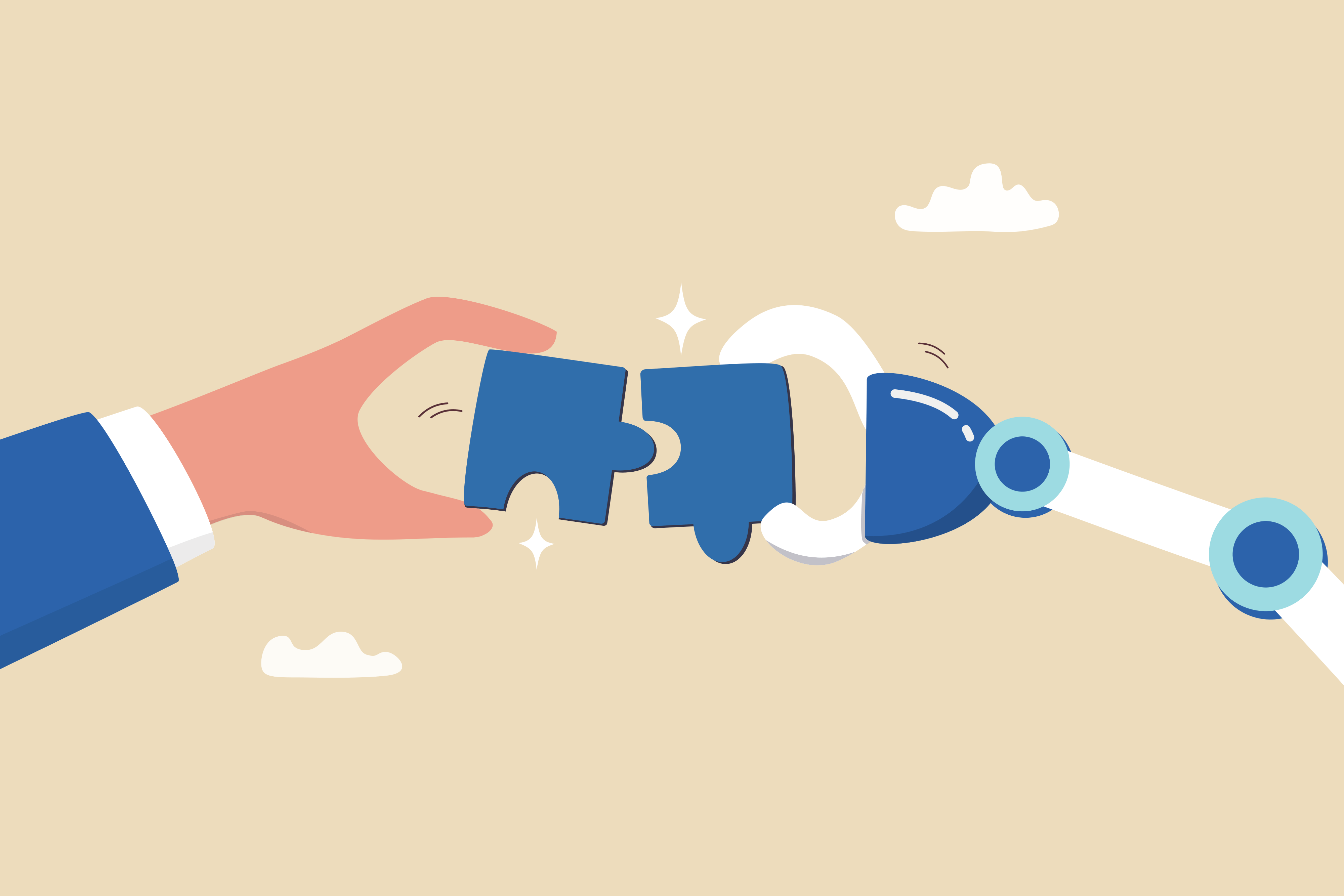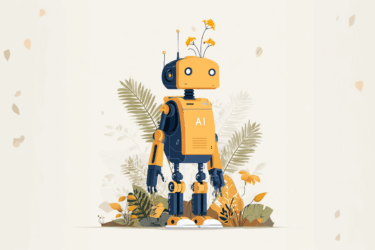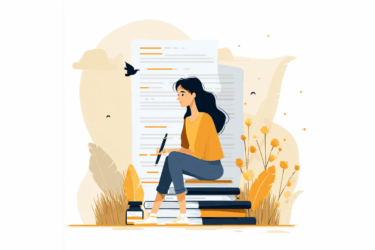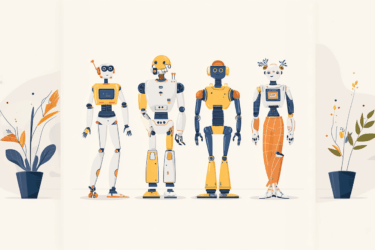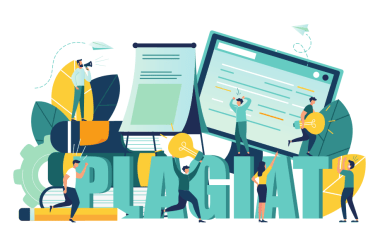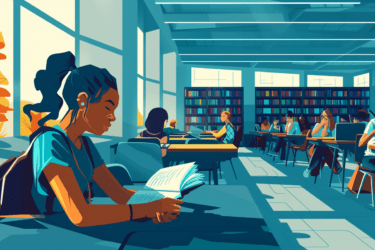AI chatbots seem to be the magic wand we all sometimes crave for. With one click and a few prompts, you get a piece of content that is ready for publication! Or is it?
Unfortunately, in reality, things tend to be a bit more complicated. First, we start noticing discussions about the ethical aspect of using AI in study and work. Then, even more revelations break out: it comes to be that a plagiarism detector may flag AI-generated content as not original! So, does it mean that chatbots plagiarise?
How AI generates content
First of all, yes, plagiarism checkers do detect similarities in AI-generated content. This fact may lead to undesirable consequences as if your work is considered plagiarized, reputational and financial losses can be devastating.
Why does the originality checker find matches? Doesn’t an AI chatbot produce content from scratch? Well, no, it doesn’t.
As advanced as the AI model may be, it can’t create anything unique. All chatbot outputs are based on the enormous amounts of information AI has been trained on. Imagine all the data available online – it may be impossible to embrace it, but the scope is still limited. So are the powers of the AI. Each output will be different from the one you got yesterday. But each of them will still be based on the already existing content.
Therefore, it’s not that surprising that a plagiarism-checking tool may find similarities to already published content. AI chatbots do process, paraphrase, and creatively transform the content they use, but not always to an extent unrecognizable by similarity detectors.
Moreover, AI may take false information and include it in the output! The chatbot’s work implies no fact-checking, only processing the available data. Obviously, a lot of information published online is far from reliable.
Even when the generated text sounds original, and the plagiarism detector fails to find matches, AI content can’t be regarded as authentic, as it is still based on someone’s writing – all the works AI used to produce the output.
To wrap it up:
- AI chatbots don’t generate content from scratch but rely on the available information.
- Plagiarism-checking tools may detect similarities and flag AI-generated content as plagiarised.
- Not all chatbot outputs are accurate; you need to fact-check.
- When the originality checker doesn’t find matches, AI text is still plagiarized, as it’s not created independently.
Why using AI content is plagiarism
Another crucial aspect of AI content is ethics. After all, the problem of plagiarism itself is about disrespect toward authors of the original works, intellectual theft, and inequality caused by cheating.
Misuse of AI-generated text makes the situation even worse. It deepens the gap between those who work hard on the research and those who hope to get all the answers in one button click. Even more, it steals from the author and doesn’t give any opportunity to credit the source, as AI doesn’t provide information about resources in its output!
So, if plagiarism is using someone’s work and passing it for one’s own without attributing the source, taking AI content for submission or publication ticks all the boxes.
To wrap it up:
AI content is based on someone else’s works and does not provide information about the sources, so publishing or submitting it is plagiarism.
How to implement AI without cheating
Should we return to the pre-AI age and use chatbots only to generate memes? Not at all! What we need is to stop perceiving it as a magic pill and learn to use it as an instrument.
- Use AI to consult, brainstorm, or get a gentle nudge, but don`t ask to write the texts instead of you.
- When asking for the facts, remember to double-check them, as AI output can be incorrect or biased.
- Remember about AI plagiarism – chatbot processes information; you, on the contrary, are capable of creating something truly unique!
- Openly mention that you’ve used AI while preparing the work – nowadays, you can even cite it in academic papers!
- Check your text for plagiarism before submitting or publishing to ensure you won’t have originality-related problems afterward.
- Be aware of Сhat GPT checker tools used by teachers and publishers. Chances are, your text will be scanned for AI, so be mindful and moderate about recruiting chatbots.
PlagiarismCheck.org may not be a magic wand as well, but the effect is impressive! With our toolkit, you’ll always stay on the safe side and submit plagiarism-free, authentic, and grammatically correct works, improving your writing daily. Try our plagiarism and AI content detector for free!
